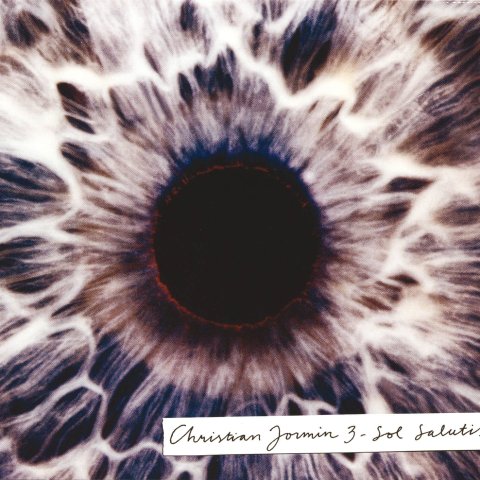Susane un jour
(Orlando di Lasso)
Nasce la pena mia
(Alessandro Striggio)
Ben qui si mostra il ciel
(Cipriano de Rore)
Passamezzo antico/Saltarello
(Anon.)
Anchor che col partire
(Cipriano de Rore)
Tarantella in Tono Hypodorico
(Trad.)
Antidotum tarantulæ
(Trad.)
Pulchra es amica mea
(Giovanni Pierluigi da Palestrina)
Chi passa per’sta strada
(Filippo Azzaiolo)
Io son ferito ahi lasso
(Giovanni Pierluigi da Palestrina)
Une jeune fillette
(Trad.)
Från Gudh wil jag eij skiljas
(Anon.)
Preludium
(Aron Hidman)
This recording grew out of a desire to renew and revitalize music-making within a historical genre of music. The focus within the early music movement – that is to say, Medieval, Renaissance and Baroque – has long been on rediscovery, reconstruction, and conservation, but not so much on the research and revitalization of music-making passed down through oral traditions.
The origins of this recording can be found in two different events. The first occurred when I went to one of my mentors to get some ideas about a piece of music, a so-called diminution piece (a term that will be explained later), that I had worked with for some time. He said, after hearing my interpretation: “I have always thought that a trombonist playing a diminution is like an elephant dancing.” That then became the challenge: to put the elephant on a diet and make the music live!
The other and perhaps more significant moment occurred when I came in contact for the first time with the spontaneous ornamentation that permeates the earlier repertoire and performance practice for the trombone.
In my eyes, our western music tradition has long been treated like an antique marble statue: clean, white and with perfect proportions, something that should be presented without distortions – for example a motet of Palestrina. It is, therefore, interesting that in more recent times it is more and more commonly acknowledged that the clean, white, antique marble statues and temples were, in actual fact, originally generously painted in strong colors. An almost direct parallel can be drawn to how we also now know that a Palestrina motet was ornamented so richly that it became a completely new work of art. An example of this can be heard in this recording.
It fascinated me that the improvisation tradition is so deeply embedded in our western music tradition but so rarely made visible, and this awakened in me an immediate interest, that led to a much deeper exploration of the field.
The result of this exploration you now hold in your hand, the first sound documentation of a new ensemble with an aim to renew historical music through improvisation and through newly written music for historical instruments – Serikon.
Recorded in Masthuggskyrkan, Gothenburg, Sweden,
15–16 May 2009 & 25–26 November 2010 ·
· Recording, editing and mastering
Per Sjösten, Sound Processing AB · www.sound.se ·
· Produced by Andreas Edlund ·







